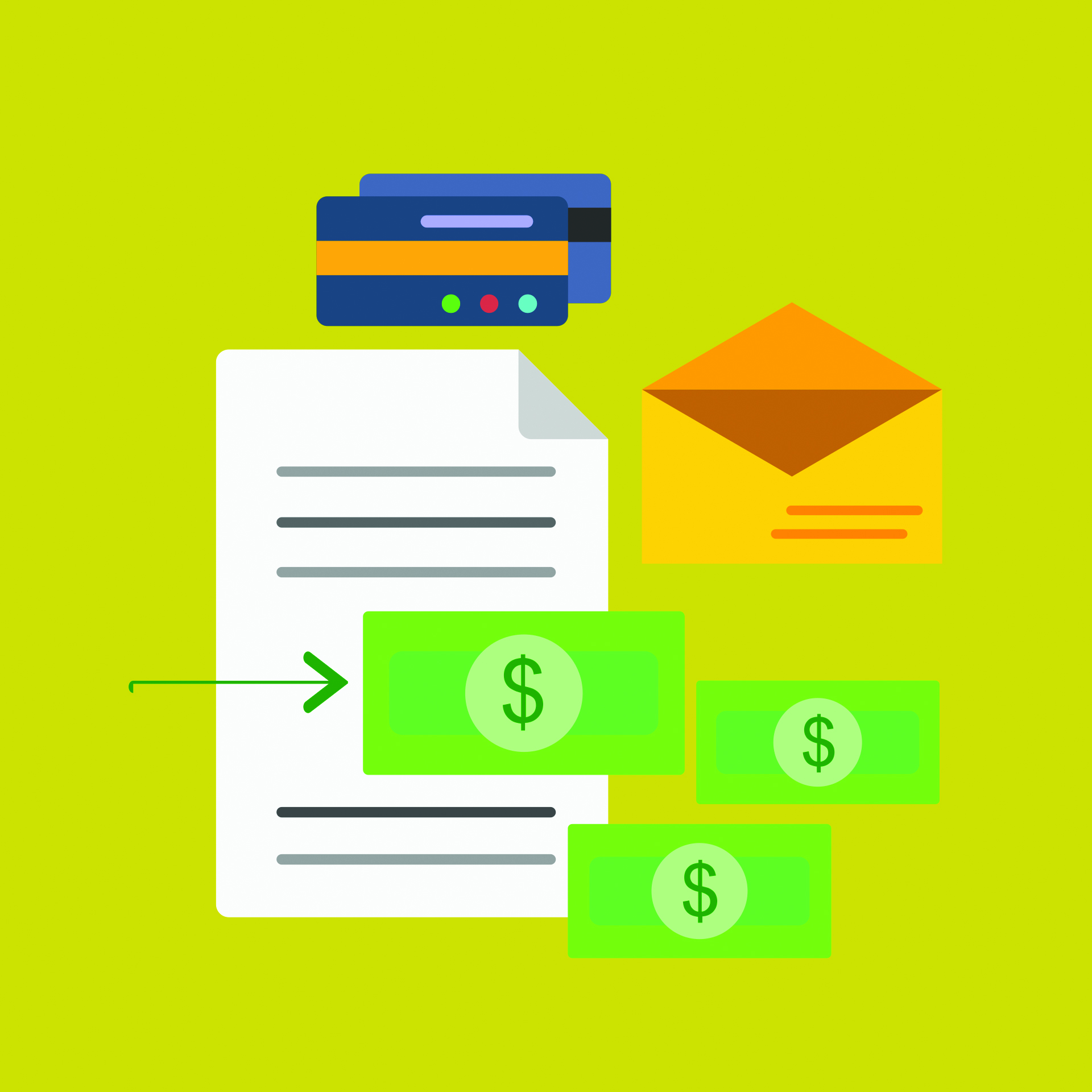Income taxes are one of the biggest expenses we incur. We try to minimize the amount owed by looking for ways to reduce our taxable income. During our working years it is important to strike a balance between saving on current taxes, while ensuring we will be in a good position from a tax standpoint when we retire. There are several kinds of investment accounts available to use for retirement savings, and all have different tax consequences. Making sure you understand and utilize the different account types can help you save on taxes today, and in the future.
Tax-Deferred Accounts
It is not unusual to see many investors with the bulk of their retirement savings in tax-deferred accounts. There are several different types of tax-deferred accounts, but one of the most popular is the 401(k) account which is offered by employers. These accounts are popular due to the deferred taxes on your contribution, but also because of the company match that is usually offered. The employee contribution limit for 2021 is $19,500 with an additional $6,500 allowed for those turning 50 or older. Using tax-deferred accounts is great for reducing current income taxes but having all your retirement savings in this account type is not ideal. When you retire and begin withdrawing the money you will be paying ordinary income tax rates on all of it. Directing your savings into multiple investment account types will provide you with more tax flexibility in the future.
Roth Accounts
Funds invested in a Roth account are contributed on an after-tax basis and grow tax-free. The annual contribution limit in 2021 is $6,000 if you are under 50, and $7,000 for those 50 and over. There are income limitations for investing in a Roth account, but a popular way to get around these is to do a Roth conversion. Roth conversions can be done regardless of your income level. A conversion is when you move assets from a tax-deferred investment account, such as an IRA, to a Roth IRA account. When you do this, you will owe ordinary income taxes on the amount converted. There are many reasons to consider doing a conversion. One reason is if you expect to be in the same or a higher tax bracket in retirement. Another reason to consider a conversion is if most of your retirement savings are in a tax-deferred account. As noted above, all withdrawals from a tax-deferred account will be taxed as ordinary income, but additionally, once you reach the age of 72, the IRS imposes required minimum distributions (RMDs) from your tax-deferred accounts. RMD requirements may force you to withdraw more money from your tax-deferred account than you desire, thus causing you to pay taxes on money you may not need that year. Roth IRA accounts are not subject to RMDs, so the funds have no timeline on when they must be withdrawn.
Taxable Accounts
A taxable brokerage account is funded with after-tax dollars and there are no limits on the amount you can invest in these account types. The money invested in a taxable brokerage will grow without tax consequences until the investments are sold. When you sell assets that have increased in value in a taxable account, you will pay tax on this increase which is referred to as a capital gain. The capital gains tax rate for short-term gains is the same as your ordinary income tax rates, however if you hold the investment for at least one year before selling it you will benefit from the long-term capital gains rate which is typically much lower than ordinary income tax rates. The long-term capital gains tax rates are generally 15% or 20% for most taxpayers.
There are other benefits of incorporating a taxable brokerage account as part of your retirement saving strategy. If the market dips and causes assets in your account to decrease in value from your original purchase price, you can sell these assets and incur a capital loss. The total of the capital gains and capital losses are netted when you do your taxes which results in tax savings. It is a good idea to watch for opportunities to acquire these losses and we refer to this as tax loss harvesting. When there is a significant market drop, you can sell a fund that is in a loss position to harvest that loss. Then you can use the proceeds of the sale to buy another, similar fund. The result of these transactions is you are still invested in the original asset class, but you have harvested the losses from the first fund. If your net capital losses are not all used in one tax year, they carry forward and can be used to offset gains in future tax years. In addition, $3,000 of the capital loss can be used to offset ordinary income every year.
HSA Accounts
Another account you can utilize to help save on taxes is called a Health Savings Account (HSA). These accounts are available to people who have a qualifying high-deductible health plan. An individual can contribute up to $3,600 and families can contribute up to $7,200 in 2021. The funds contributed are made on a pre-tax basis and if they are withdrawn for eligible medical expenses, the withdrawal and any earnings in the HSA are tax-free. Like the other accounts discussed above, funds in an HSA account can be invested in a variety of stock or bond investments.
It is possible to find a balance of paying taxes now versus paying them when you retire. This will ensure you have tax flexibility in retirement. One way is by utilizing several different retirement saving accounts, each of them having different tax consequences. Consider reviewing how many of these accounts you are currently using and incorporating ones you are missing.
Deborah Hobart, CPA is a Financial Advisor at Blue Water Capital Management, LLC, a fee-only financial advisory firm in Apex, NC. For more from Deborah, check out Blue Water’s latest Investing Insights on their website.








